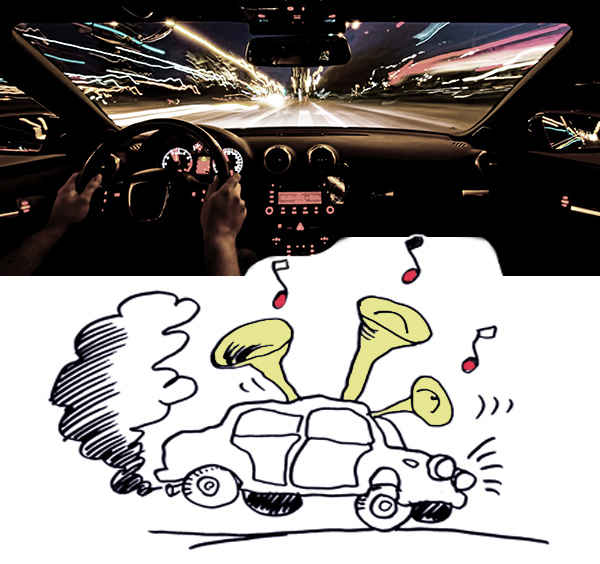Why is my car making a flapping noise when i accelerate?

Possible Causes:
Loose or Damaged Exhaust Heat Shield
The heat shield around your exhaust system can become loose or damaged over time. When you accelerate, the increased airflow can cause the heat shield to flap against the exhaust, producing a noise.
Worn-out CV Joint
A worn-out constant velocity (CV) joint can produce a clicking or flapping noise, especially when accelerating or turning. The CV joint allows power to be transmitted from the transmission to the wheels at a constant speed while accommodating the up-and-down motion of the suspension.
Broken Motor Mount
Motor mounts secure the engine to the chassis of the car. If one of these mounts is broken or damaged, the engine can move excessively during acceleration, causing components to hit against each other and produce a flapping noise.
Loose or Damaged Body Panels
Loose or damaged body panels, example: fender liners or underbody covers, can flap against the car’s frame or each other when the vehicle is in motion, particularly during acceleration.
Worn-out Belts or Pulleys
If the drive belts or pulleys in your engine’s accessory drive system are worn out or misaligned, they can produce a flapping noise when accelerating, especially under load.
Faulty Wheel Bearing
A faulty wheel bearing can cause a flapping or grinding noise, particularly noticeable when accelerating or turning. A worn-out wheel bearing can allow the wheel to wobble, producing the noise.
What do we have to do?

Inspect the Exhaust System: Check for any loose or damaged heat shields and tighten or replace them as necessary.
Check CV Joints: Inspect the CV joints for signs of damage or wear. Replace any worn-out CV joints to prevent further issues.
Inspect Motor Mounts: Have the motor mounts inspected by a mechanic and replace any that are damaged or worn.
Examine Body Panels: Check for any loose or damaged body panels and secure or repair them as needed.
Inspect Belts and Pulleys: Check the condition and alignment of the drive belts and pulleys. Replace any worn-out components and ensure proper alignment.
Check Wheel Bearings: Have the wheel bearings inspected for wear or damage. Replace any faulty wheel bearings to prevent further issues.
Facts

- Flapping noises can sometimes be mistaken for other sounds, so it’s essential to accurately diagnose the source of the noise to address the underlying issue.
- Regular maintenance, example: inspecting and replacing worn-out components, can help prevent flapping noises and other potential problems in your vehicle.
Ignoring flapping noises can lead to further damage and potentially costly repairs down the road.
It’s best to address any unusual sounds promptly to maintain your vehicle’s performance and safety.












